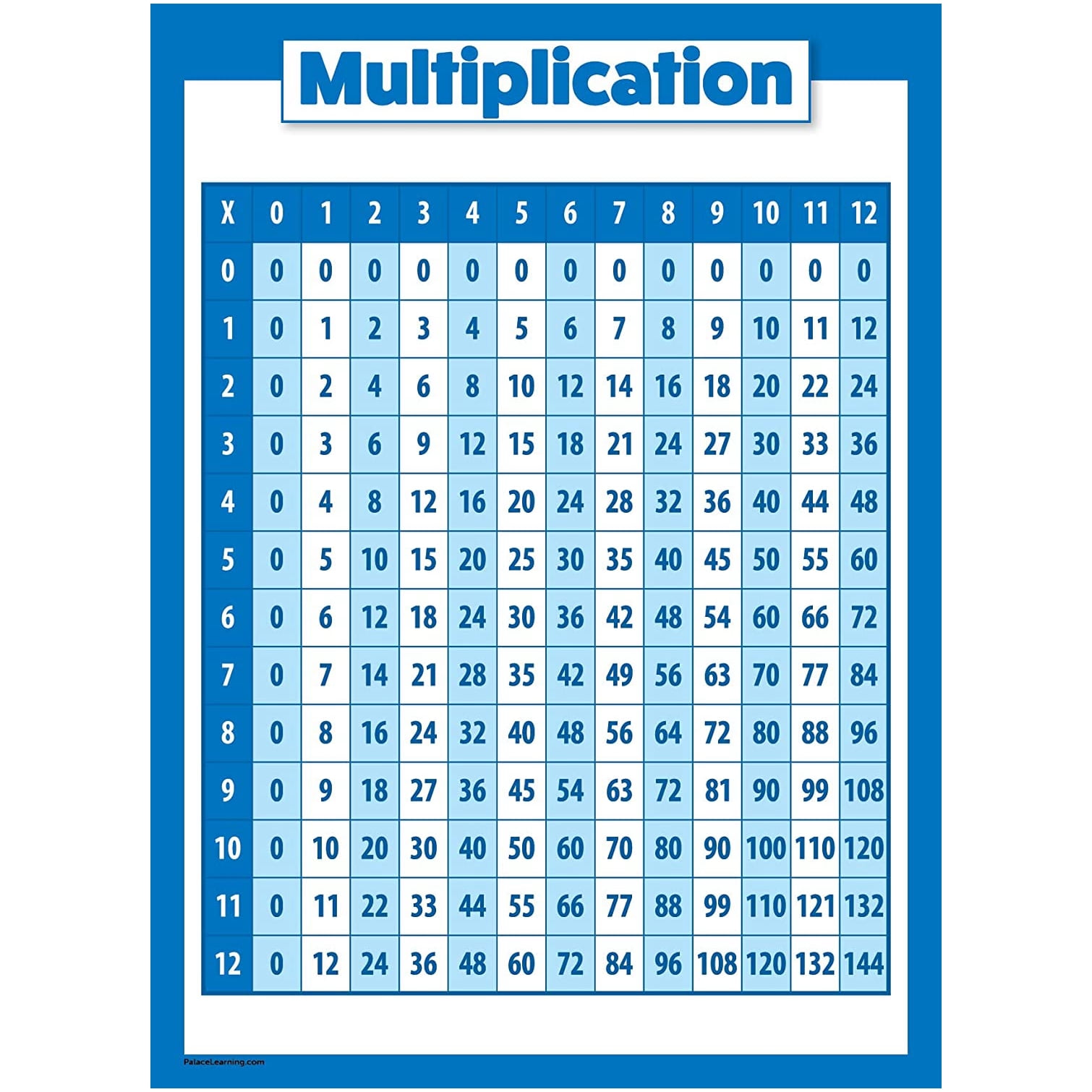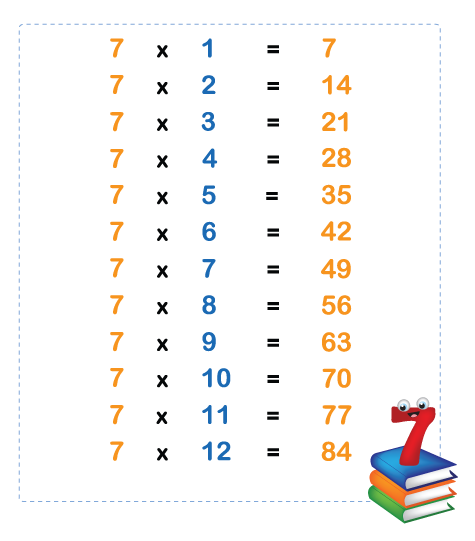

I'll post some fun video song suggestions next week to supplement your times tables teaching. Make sure the child understands the basics and logic behind it, before reiterating them repeatedly. While it is important to practice the times tables with your child, use rote learning at your own peril. However, auditory learners may benefit from this type of learning style the most. It wasn’t until I saw buttons on my desk in several piles, did I understand the idea behind the rhythmic chant. As a visual learner, I didn’t know what the teacher meant by all these numbers. Did I understand the concept of multiplication? Probably not. Did that help me learn my timetables? Yes, absolutely. I, myself, was taught my timetables through rote learning as a rhythmic chant with the rest of my peers, over and over again until it was drilled into my head. There is some debating about using this teaching strategy due to the lack of understanding. This will allow them to see each time table on display in their home or at school, helping them to become more familiar with each set of multiplication facts from 1 to 12. The child must make their way along the grid, working out, and solving each answer. With a grid used as the base, the numbers one to twelve are displayed along the vertical andhorizontal axis. These charts can be bought online or created at home. This is another excellent teaching strategy used to help the child visualize their learning.

Indicating the change of order in the numbers will result in the same answer enables the child to exceed with their learning, helping them to advance onto the next number set. They now know that 2 x 3 = 6, but do they know that 3 x 2 = 6 aswell. Now that your child knows the basic theory behind multiplication, teach them some tricks to help with other times tables. By indicating that you are adding two to the total number of shapes, the child should be able to understand the concept of sequential adding and therefore, multiplication. Again, add another piece of pasta and ask what the new total is. Then add another pasta shape to each pile. Explaining there are two piles, each with three pasta shapes, is equal to 2 multiplied by 3 is equal to six in total.

By introducing multiplication, you can explain a fast way to work this out. When you ask the child how many pasta shapes there are in total, the child will add the shapes. Taking pasta shapes, make two piles of three pasta shapes. To do this, take objects from around the home to help the child understand what you are trying to explain. In relation to teaching strategies, this is an excellent tip for Visual and Kinaesthetic learners. When starting off, it helps the child to visualize what multiplication of things looks like. Once they understand the idea of this concept, move onto 3 then 4 and so forth. Work with the smaller numbers, allowing the child to understand that to multiply means doubling the numbers. There is no point starting with 7- or 8-times tables, before the child understands the 2 times tables. Again, make sure the correct terminology is used at home, as that that is used in the classroom to prevent confusion. Explain that x means multiplied by and = means equals. Also, introduce your child to the mathematical symbols used when working out equations and the terms given to them.

Would the child understand that ‘times’ is the same as ‘multiplied’? Make sure you are using the same vocabulary that their main teacher is using to help avoid confusion. For example, one teacher may say ‘What is 4 times 2?’ whereas another adult may say ‘What is 4 multiplied by 2?’. This may be obvious, but different people will use different words when working out multiplication. Follow these teaching tips and tricks to help your child study their times tables. As a teacher myself, I would use several different ways to engage and encourage my learners to flourish in the classroom. By showing an interest in these tips, you are helping your child, more than you think. A child will always succeed when a supportive adult is there to guide, help, and nurture their learning. Case of The Divided Dragon's Division ReviewĬase of the Invisible Illusionist - Integers Math Mystery ActivityĬase of the Jumpy Jack-O-Lanterns Halloween Math Mysteryįirst, congratulations! By even reading this article, you are showing interest in your child and their learning.


 0 kommentar(er)
0 kommentar(er)
